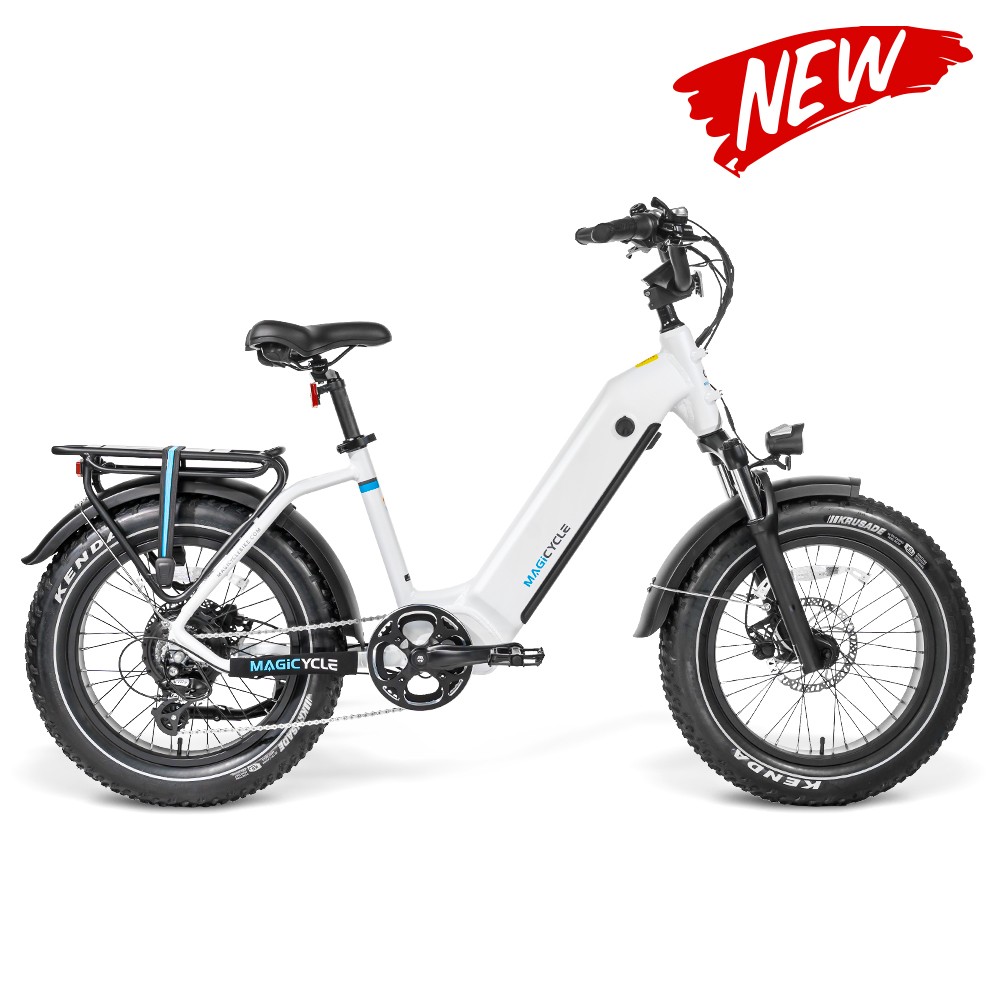Important Bike Maintenance Tips Everyone Should Follow
Many people have been looking for alternative ways to exercise since the onset of the coronavirus pandemic, especially because hitting an indoor gym with lots of other people around may no longer be as appealing. This has driven people and families to break out the old bike from temporary storage—after all, cycling is a great way to exercise in solitude. Others may have turned to riding their bike for commuting or running errands to avoid public transportation.To get more news about ebike maintaince, you can visit magicyclebike.com official website.
While cycling is a great solution for all these situations, it’s important to make sure your old steed is mechanically safe before you take it out on the road or local bike trails. This is especially critical if you’re hopping onto a bike that has been sitting unused in the garage or basement for a couple of years or longer.
Like most mechanical devices, bicycles need care and maintenance to work properly. “There is more involved in going for a bike ride than just pulling the bike down from the garage rafters and putting some air in the tires,” says Jake Fisher, who is not only the director of auto testing at Consumer Reports but also an avid triathlete and cyclist. “Riding an improperly maintained bike can end up as a miserable adventure at best, and at worst it can be dangerous for you and others out on the road,” he says.
But don’t fret; even if your old bike is looking a little worn out or rough around the edges, there are options to get it spruced up and in fine running condition. For example, if your bicycle has something broken or malfunctioning, call your local bike shop and make an appointment for a service drop-off. A good bicycle shop can come in handy for more technical repair work, and they’re typically armed with lots of knowledge and helpful tips.
If your previously stored bicycle doesn’t have anything mechanically wrong with it, there are some easy precautionary steps you can take to make sure it is safe to ride. And best of all, these tasks require almost no mechanical skills or special tools.
5 Preride Bicycle Maintenance Tips
1. Put air in the tires. Bicycle tires naturally lose air over time—your tires are likely to be completely flat if the bike hasn’t been ridden in a year or longer. Inflate the tires within the range listed on the tire’s sidewall. Be sure to put air in slowly, checking to make sure the bead of the tire (the sidewall) stays properly “seated” inside the rim of the wheel. “Airing the tire up too quickly, or if the tire isn’t properly seated onto the rim, can cause the tube to burst as you’re pumping air in,” says Gary Nicol, co-owner of Pedal Power bike shops, based in Connecticut. Be prepared to add a small amount of air to the tires every few days because air naturally will leak, or escape, through pores in the tubes.
2. Give the tires a visual inspection. Once you inflate the tubes, look the tires over thoroughly for cracking or dry rot. Nicol says it’s easy for a tire to get dry rot with age, especially the part of the tire that has been sitting for a couple of years on a concrete floor.
3. Secure the quick-release wheel skewers. Many bicycle wheels use quick-release skewers to attach the wheel to the bicycle, which makes it easy to take the wheel off without using tools. But Nicol says he sees many bicycles come into the shop with the skewers on wrong. “The skewers indicate on them which position is ‘open’ and which is ‘closed,’ but often people don’t have them locked properly,” he says. This can be dangerous because the wheel could come loose while riding. And yes, when riding you want them clamped into the position where the word “closed” can be read.
4. Check the brakes. Inspect the front and rear brake assemblies to make sure they are working properly. The left and right brake pads on each wheel should come into contact with the rim of the wheel when you pull back on the brake levers. “Make sure there is strong braking force before the point where the brake lever comes in contact with the handlebar,” Nicol says. If it doesn’t, it needs to be adjusted so that you can get full stopping power in the case of an emergency maneuver.
5. Lubricate the chain. Your chain really is the “link” that makes your bike’s drivetrain function, so it’s important to keep it properly lubricated and free of gunk, grime, and dirt. It’s best to use bicycle-specific chain lube, but Nicol says multipurpose lubes—such as 3-in-One oil and WD-40—are better than nothing at all. Apply only a thin coat of lube because an excessive amount will attract dirt onto the chain as you ride. Shift the bike through all its gears, then wipe the chain down with a rag. “Wiping the chain down before adding lube will accomplish almost nothing if the chain is completely gummed up with old crud,” Nicol says.